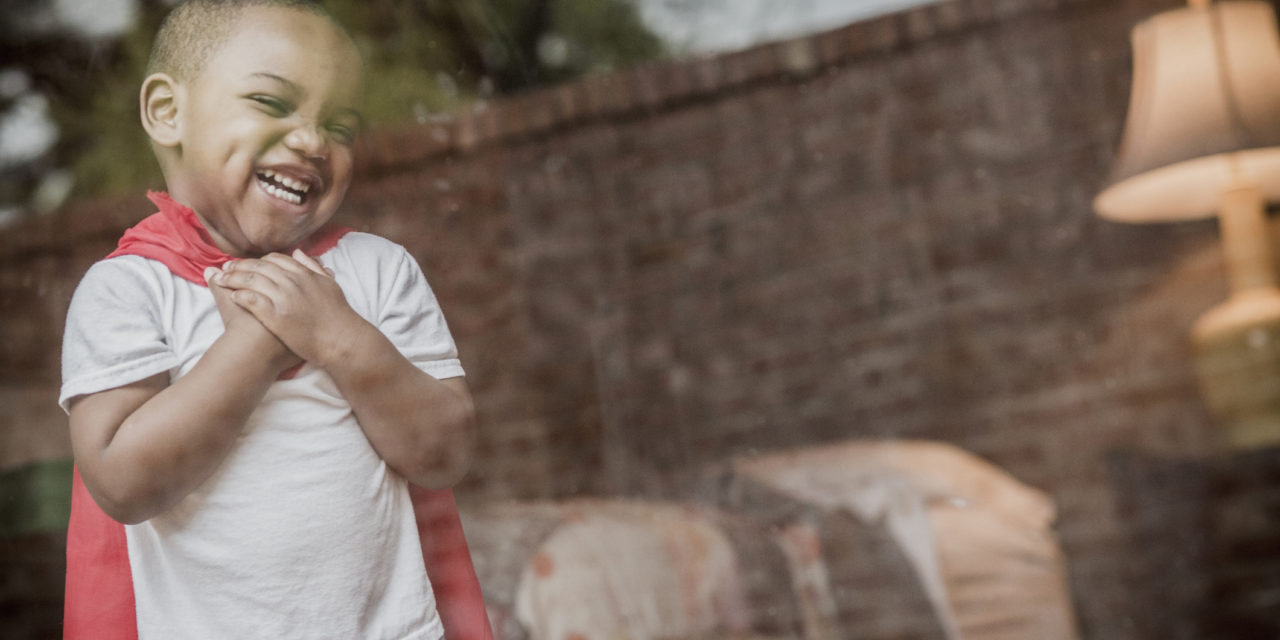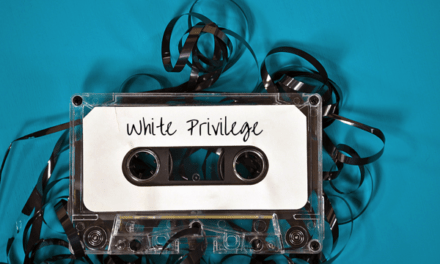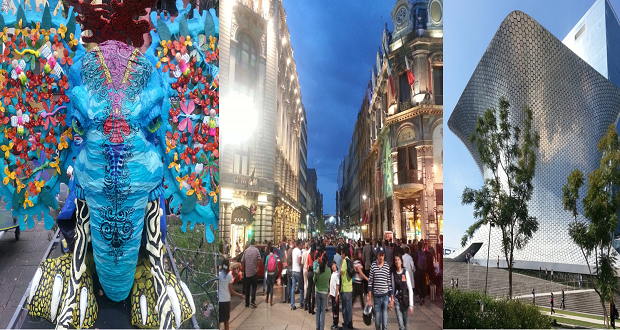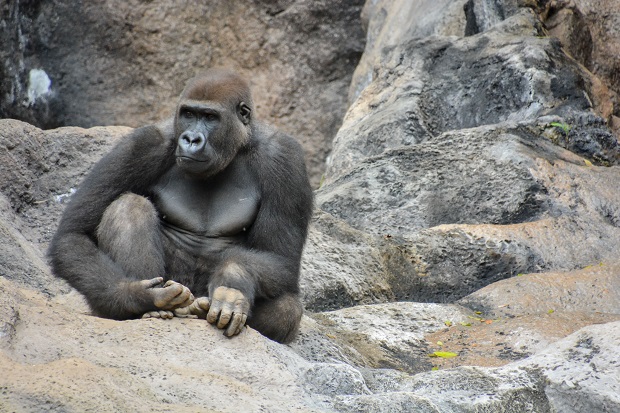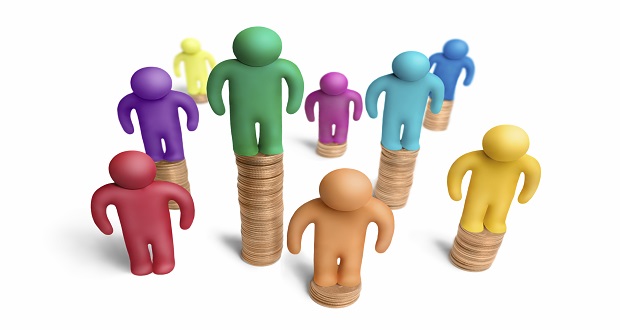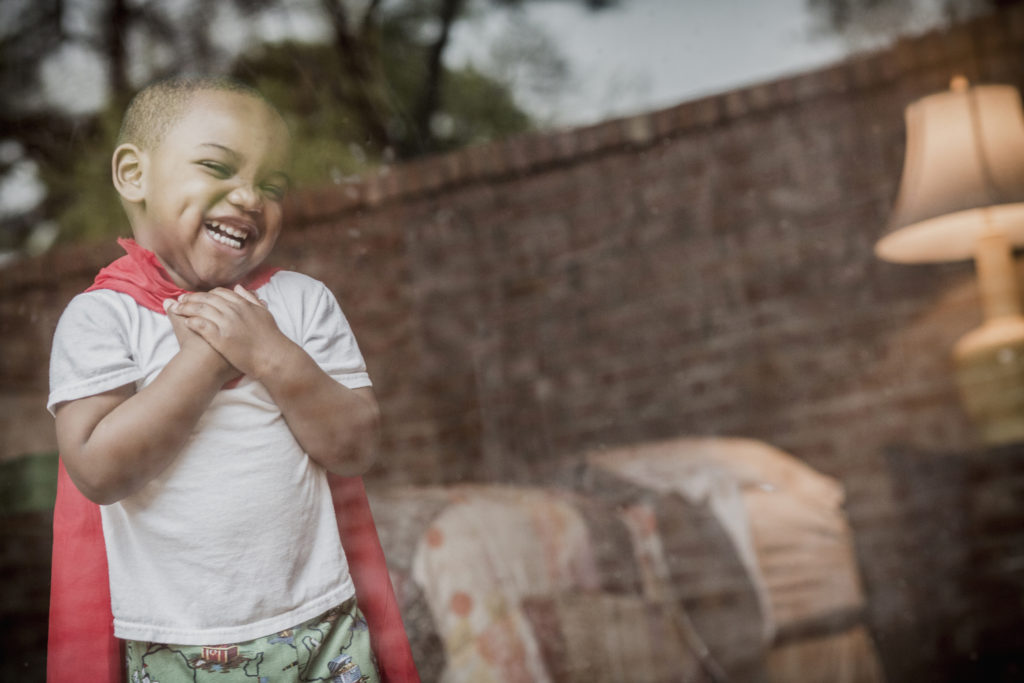
I woke up yesterday morning with a tweet from Eddie Glaude about another Black man being killed at the hands of law enforcement. Dijon Kizzee, 29, was shot multiple times after he allegedly dropped a gun to the ground while fleeing from what was reported as a routine stop for a minor bicycling infraction. It is really getting to be too much to bear. And I know if it’s too much for me, it is too much for our children. In my new book Black Fatigue: How Racism Erodes the Mind, Body and Spirit (Berrett Koehler), I dedicate a whole chapter on how systemic racism affects Black children. The number of Black people being killed by law enforcement for misdemeanors or no crime at all is totally out of control. Jacob Blake was shot seven times in the back by police while three of his children watched. Needless to say, these children are traumatized. I am not a mental health professional, but I know enough to say that the likelihood of long-term negative impact on their socio-psychological development is high.
As the so-called triple pandemic worsens for everybody, we know that it is even more devastating for Black and Brown people. A headline in a June post by the Economic Policy Institute read: “Black workers face two of the most lethal pre-existing conditions for the coronavirus—racism and economic inequality.” COVID-19 is killing 2-3 times the number of Black and Brown people; unemployment rates are higher for Black and Brown people, and we are enduring unmitigated anti-Black racist attacks. As with adults, Black and Brown children are impacted more severely by the coronavirus. Black children are hospitalized with the disease at 10.5 per 100,000; Latinx children at 16.4 per 100,000 compared to white children at 2.1 per 100,000 cases.
Black parents are dealing with all of the above while trying to give their children what they need and deserve. School aged children don’t know if they will be in-person or virtual from one week to the next; parents are faced with the difficulty of securing childcare; and too often they are also dealing with food and housing insecurity. Many schools that are predominately attended by Black and Brown children were already under-resourced. And one in three Black, Latino, and American Indian/Alaska Native households lack high-speed internet access.
It is taking its toll. The rate of Black youth suicide is increasing faster than any other racial or ethnic group. And Black youth under 13 are twice as likely to commit suicide as white children. Black children are dealing with disproportionate COVID-19 deaths, social isolation, and the vicarious trauma of police violence.
The rate of Black youth suicide is increasing faster than any other racial or ethnic group. Black children are dealing with disproportionate COVID-19 deaths, social isolation, and the vicarious trauma of police violence. Share on XBlack and Brown children were fragile before we officially named the triple pandemic. I am defining fragile as needing extra care and attention—extra vulnerable, not the connotation that Robin DiAngelo gives the term white fragility. She defines it as “discomfort or defensiveness on the part of a white person when confronted with information about racial inequality.”
Who is really fragile? Black and Brown people in general and Black and Brown children, in particular. The fragility that white people experience as “discomfort” cannot and should not be equated with the racism-induced fragility of our Black and Brown children.
The fragility that white people experience as 'discomfort' cannot and should not be equated with the racism-induced fragility of our Black and Brown children. Share on XWe must demand that more attention is given to addressing how the current triple pandemic is affecting our Black children or they will continue to die. It is a form of genocide.
Here is an excerpt from chapter 8 of Black Fatigue entitled: “Out of the Mouths of Babes”.
Racism Makes Children Sick Too
Chapter 4 highlights the deep-seated and systemic nature of racial disparities in health care. These disparities start in the womb from maternal exposure manifested by pre-term and low birth weights and carry through adulthood as higher incidences of heart disease, diabetes, and depression. As pointed out in chapter 4, the stress generated by early experiences with racism has been proven to create toxic stress.
Black children are exposed to more racial stress by situations at home, poverty, in school, the fear of being racially profiled by police, and the denial of their innocence. Stress leads to actual changes in hormones that cause inflammation in the body, an indicator of chronic disease. Researchers have found that Black children are more prone to toxic stress (Trauma). Based on research from the Opportunity Institute they assert: “Stress” is a commonplace term for hormonal changes that occur in response to frightening or threatening events or conditions. When severe, these changes are termed “toxic” stress and can impede children’s behavior, cognitive capacity, and emotional and physical health.” Events that can engender toxic stress include: (1) parent or close family member being incarcerated; (2) witnessing domestic violence; (3) physical or emotional neglect; (4) financial hardships; (5) exposure to external violence; (6) divorce or separation of parents; (7) overt discrimination; (8) placement in foster care. As has been discussed throughout the book, Black people disproportionately experience all of these stressors which all can be tied to structural racism.
As pointed out in this chapter and in chapter 4, Black children are more likely to live in poverty, experience environmental racism (may be food insecure, live in food desert, and/or not have access to clean water), lack access to good quality health care, suffer from poor nutrition, not get enough sleep and a good education.
Racism’s impact on children’s health is vast. It leads to weathering as pointed out in chapter 4. Youth who experience discrimination early in life face accelerated aging. They are also diagnosed with depression more often. In the University of Georgia study, depression was significant at ages 10-15 and 20-29. Chapter 4 points out that Black children die more often from Sudden Infant Death Syndrome (SIDS); more likely to have asthma, be obese and attempt suicide in high school from depression.
The connected systemic issues interrupt Black childhood, impact their academic achievement, and almost guarantee that the cycle will be repeated for the next generation.
Summary
Children are our most precious gift. They deserve the best. Black children deserve the best too, if we are to break the cycle of intergenerational fatigue. When children are taught that they are gifted with unlimited potential, they fulfill that narrative. When they are told that they are less intelligent, older than their years they also fulfill that narrative.
Children are our most precious gift. They deserve the best. Black children deserve the best too, if we are to break the cycle of intergenerational fatigue. Share on XMarian Wright Edelman, Founder of the Children’s Defense Fund and activist for children’s rights said: “If we don’t stand up for our children, we don’t stand for much.” We often declare that children are our future. Are only some children our future and others are okay to “throw away?” What can we do?
Take a systems approach: Even though there are numerous organizations and efforts working on the issues that I highlight in the chapter, I wonder if there is enough of a coordinated, collaborative national effort to change the trajectory. I wonder if we really are changing systems or simply focusing on programmatic solutions. There are programs such as Advancing Equity for Women and Girls of Color that was started with the Obama administration. I do not think it has gotten much traction. A nationwide Boys and Men of color initiative has taken root in a number of cities based on findings from the My Brothers Keeper task force. Programs often have an objective of changing the children or helping the children cope rather than changing the system which would mean dismantling policies and practices that perpetuate structural racism. Systems are hard to crack but that is what will take. (I realize this is not new news). Programs tied to larger systems change such as Head Start, a federally funded pre-school program worked to improve school readiness.
Distribute school resources equitably: As mentioned in chapter 3, schools that educate Black and Brown children are woefully underfunded. Often districts are funded based on an equality (everybody gets the same amount) rather than an equity model (resourced based on need). I think this is an easy fix. It is tangible and quantifiable. Every child should have access to technology—a computer and internet access.
Change the narrative about who Black children are and what they are capable of: Media images need to change. Deficit thinking needs to change. Parents are mainly responsible for this, but teachers play a big role too. We can all play our part in debunking myths and shattering stereotypes. It takes a village.
Fix economic inequities: The rich get richer and the poor get poorer as the saying goes. The cycle of poverty cannot be broken if we have systems that favor upper incomes over those in lower incomes. While I realize this is a complex issue, fraught with politics and worldviews, it can be done if we wanted to do it. Some countries, including many European countries, pay parents when they have children as a means of reducing poverty. Known as child allowances, some countries pay poorer parents more (equity model). They get this allowance whether they work or not, a basic difference from the US’s child tax credit[i].
Provide incentives for larger grocers to operate in Black and Brown communities: Children need access to healthy food. The lack of access to nutritional food leads to poor health outcomes. According to the USDA, nearly 30 million people live in food deserts. Family Dollar, Lyft, and Thrive Market are addressing this issue. Family Dollars are often located in low-income areas and have started carrying fresh fruit. Lyft, the ride-share app, is providing rides to Washington, DC, residents to larger food chains. Thrive Market, an online retailer sells organic foods at 50% off retail prices.
Mandate that landlords provide safe, lead free, clean housing: As mentioned in chapter 6, Black and Brown families are often living in substandard housing. Even though there are policies to prevent this, there is little monitoring and it takes months if not years to bring the perpetrators to justice.
Love your children and or love somebody else’s too: Children need love. They need encouragement. They need hope. They need to know that adults believe in them.
Changing the world for children will change the world for all and lift the burden of Black fatigue.
Changing the world for children will change the world for all and lift the burden of Black fatigue. Share on X
